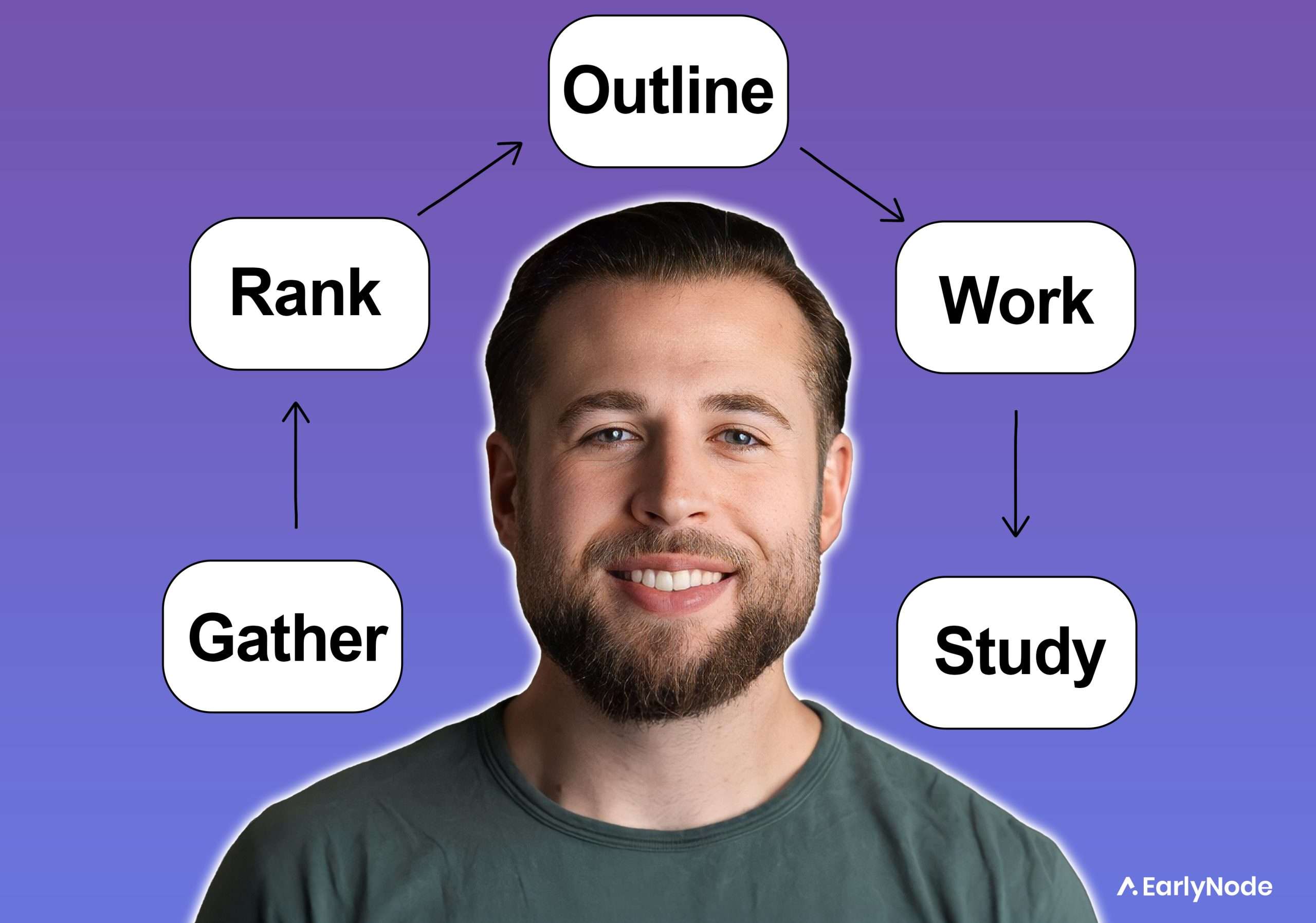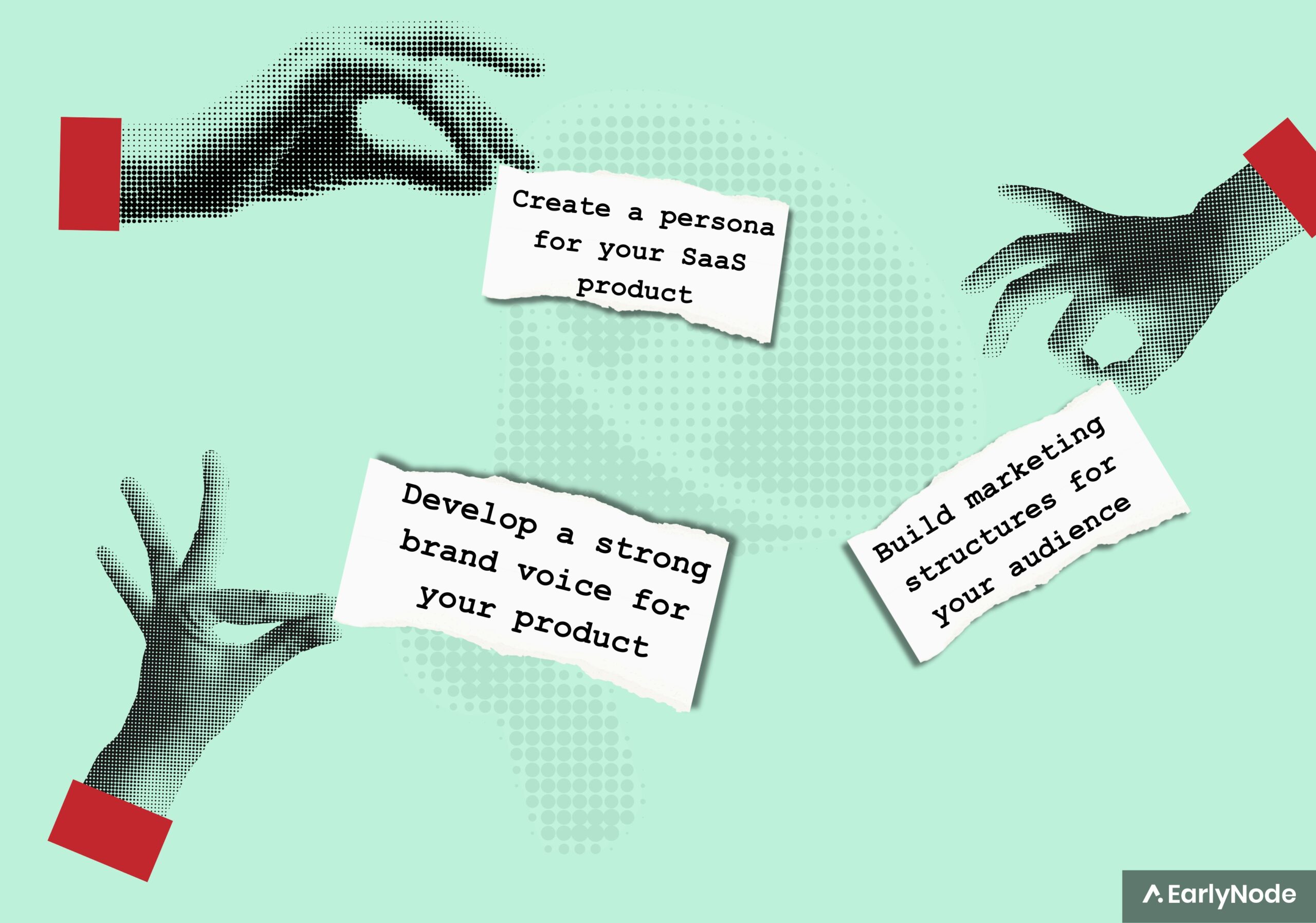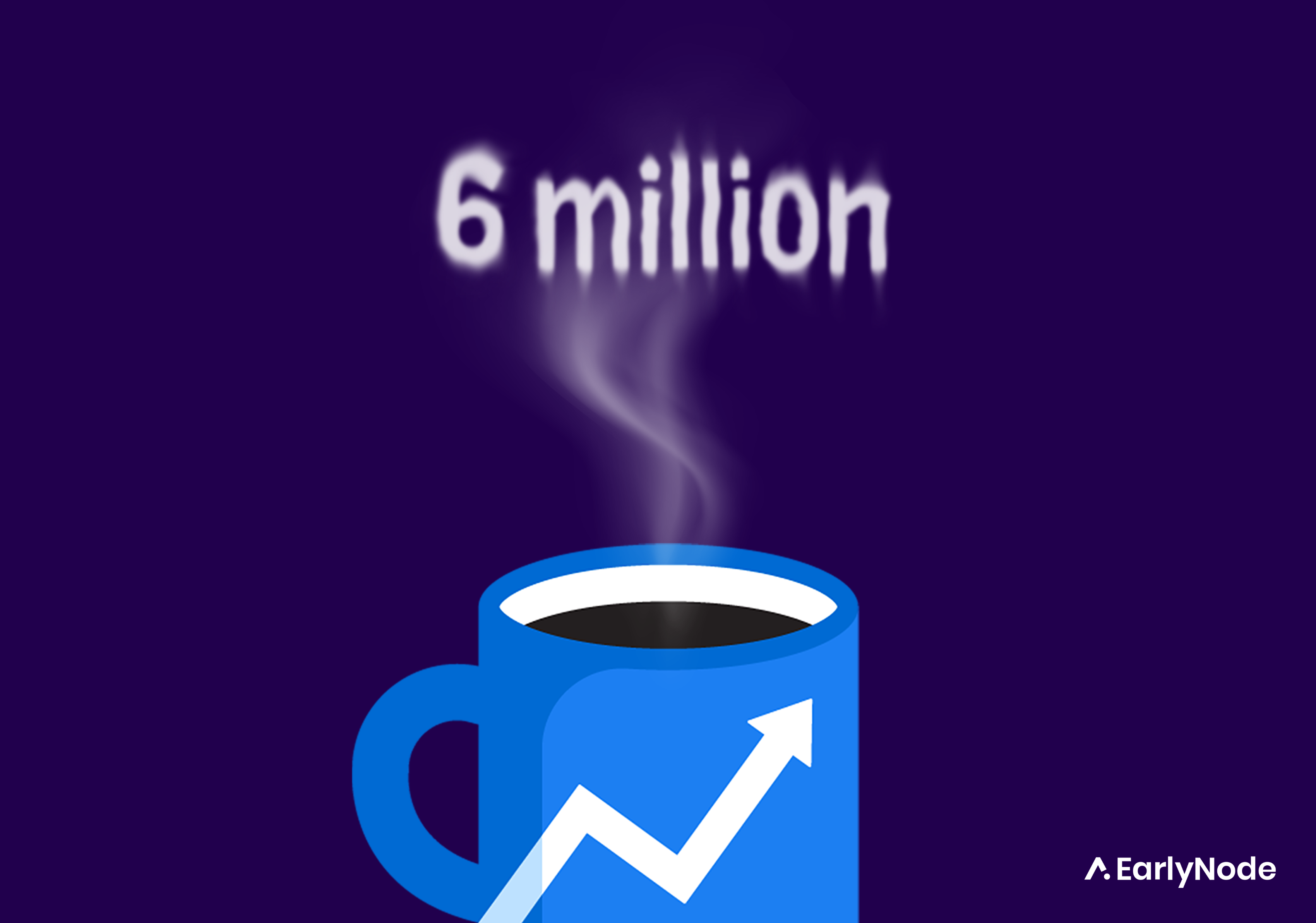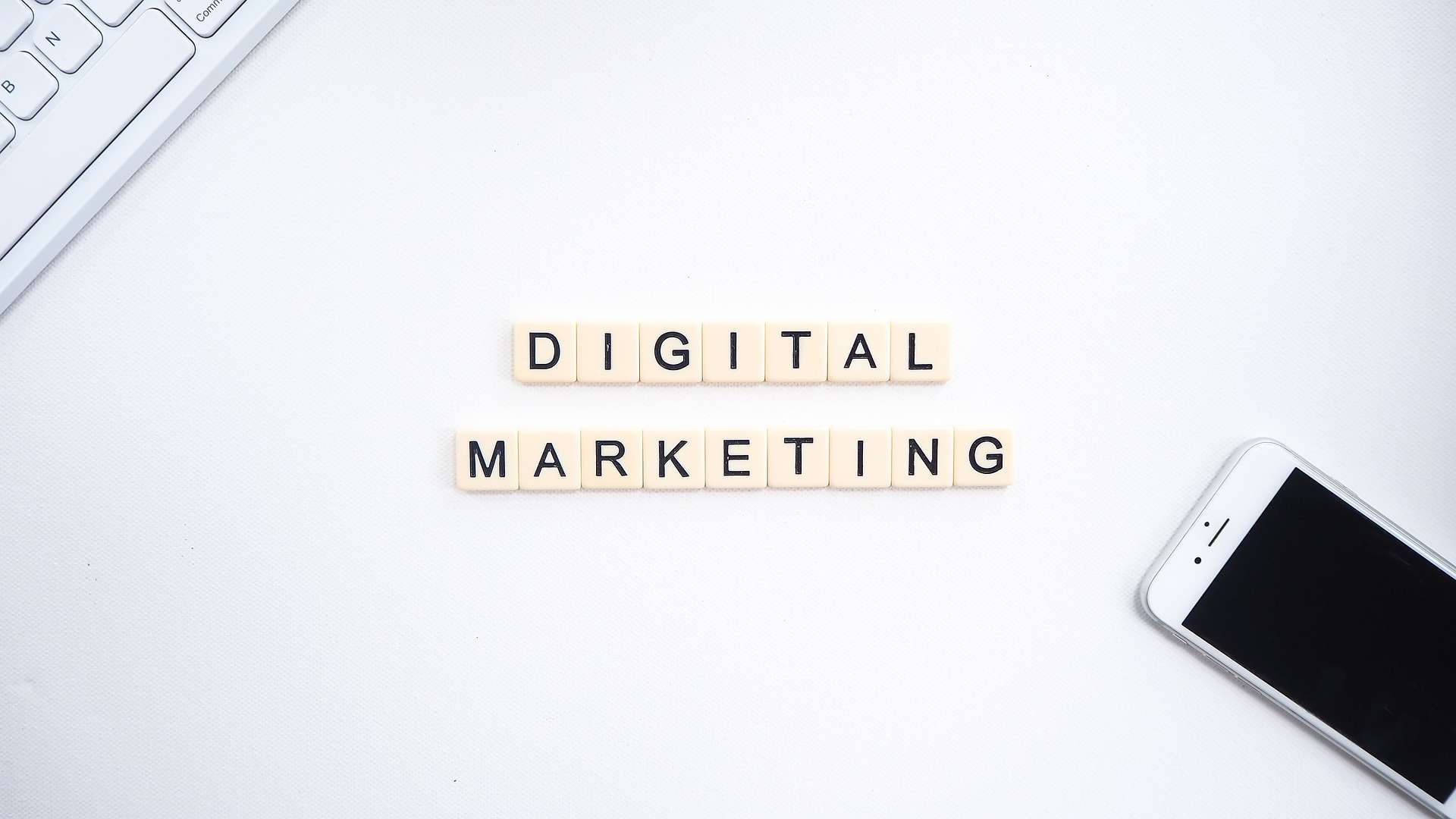The Ultimate Guide To Customer Marketing In B2B SaaS

B2B SaaS can be tricky, especially when trying to keep your customers happy and coming back for more. At its heart, customer marketing is all about doing just that. In this guide, we’ll break down what customer marketing really means for B2B businesses and provide easy steps to make it work for you. If you’re keen to keep your customers engaged and boost your growth, you’re in the right place. Let’s dive in!
What is B2B Customer Marketing?
Simply put, customer marketing refers to marketing efforts directed at current customers instead of prospects. It’s about strengthening existing relationships, encouraging upsells or cross-sells, and turning loyal customers into brand advocates.
So technically, any marketing program aimed at users after they signup falls under customer marketing.
Why is Customer Marketing Important for SaaS?
- Improves customer retention and reduces churn: When your goal is to provide value to your customers, you get them to stay longer, which means your churn will be low. Getting current customers to renew their subscriptions is just as crucial as acquiring new ones.
- Increases lifetime value: Engaged customers often buy more. By marketing to them, you can increase the average revenue you earn from each customer over time.
- Organic Growth: Satisfied customers become brand advocates. They’re more likely to refer others, leading to organic growth.
- Get feedback: Your customers are one of your best sources of feedback for product improvements
15 Customer Marketing Strategies for B2B SaaS
Here are some good examples of customer marketing strategies and tactics within the B2B SaaS space that can help you nurture current customers, drive product adoption, increase customer lifetime value, and turn customers into brand advocates.
#1 Educational webinars and workshops
You can use platforms like Zoom or Google Meet to hold regular webinars or virtual workshops to showcase advanced features (or lesser-known ones), integrations, or best practices. It’s a two-fold win: customers get the most out of your software, and you get to drive adoption of underutilized features.
#2 Case studies
Collaborate with successful customers to produce detailed case studies. Real-world success stories backed by concrete data can inspire other customers to maximize how they use your product.
Case studies also provide a playbook for potential and current users, showcasing tangible ROI and proven strategies.
#3 User groups & conferences
Host meetings or annual conferences, either virtual or in-person, where customers, new users, and product teams can network, share best practices, and hear about upcoming features.
It fosters community, and direct interaction often results in actionable product feedback. Plus, face-to-face events can drive loyalty and brand affinity if you have the money for it.
#4 Dedicated customer newsletters
Send weekly, monthly, or quarterly newsletters with product updates, tips and tricks, and other relevant content like industry trends. Given how fast-paced the SaaS space is, these newsletters keep users updated and help them extract maximum value from your product.
#5 Feedback loops
Create avenues for customers to provide feedback, such as community forums or feedback widgets. This makes customers feel valued and involved in product development.
Companies can use platforms like Userpilot to collect in-app feedback, prioritize feature requests, or spot bugs efficiently. It’s not just about collecting feedback; it’s the iterative improvement and transparency about how feedback shapes the roadmap that matters.
#6 Loyalty programs
Tiered incentives based on usage, referrals, or long-term renewals can drive retention and acquisition. For instance, Dropbox’s referral program, giving extra storage space, became iconic in driving growth.
#7 User onboarding programs
Product-led growth companies can use automated workflows using tools like Appcues to guide users during the initial setup phase. You can combine these with tutorials and checklists to help users get activated in the shortest possible time.
Effective onboarding can dramatically reduce churn by helping users quickly find value.
#8 User communities & forums
Platforms like Slack channels or Discourse forums allow users to exchange advanced tactics, scripts, or automation hacks. These online communities also offer users an opportunity to share their product experiences and offer peer-to-peer support.
#9 NPS and Satisfaction surveys
Regularly check in with customers about their experience and make changes based on their feedback. Tools like Delighted or Typeform can regularly gauge user sentiment.
NPS surveys provide a general overview of the level of satisfaction of your customers. Detailed surveys can identify specific pain points in the user journey.
#10 Advocacy programs
Identify power users or brand evangelists and partner with them to create content, organize webinars, or even advise on product features. These advocates, often seen as industry thought leaders, provide credibility and expand your product’s reach.
#11 Exclusive content
You can provide customers with exclusive access to in-depth how-tos, premium research reports, or industry benchmarks to help them stay a step ahead in their industry.
#12 Beta testing opportunities
Give loyal customers early access to experiment with upcoming features or integrations. This can make them feel valued and provide you with crucial feedback to refine the feature before wider rollouts.
#13 Personalized check-ins
Have account managers or customer success teams use CRM tools like HubSpot to understand a key account’s usage pattern and proactively reach out to offer solutions before they even face challenges.
#14 Success plans
Use analytics and user behavior data to develop personalized success plans or roadmaps for major clients, detailing how they can achieve their specific jobs-to-be-done using your SaaS tool. This proactive approach strengthens client relationships.
#15 Customer awards
Recognize and celebrate customers who are achieving significant milestones or utilizing the product in innovative ways. For example, you could organize an annual recognition ceremony or digital badges for standout users. It subtly gamifies the user experience, driving higher engagement and product stickiness.
Customer Marketing vs. Product Marketing
There’s only a slight difference between customer marketing and product marketing since, technically, the former falls under the latter. Let’s look at the details:

The Challenge with Customer Marketing for B2B SaaS
Customer marketing is simple but often overlooked. This happens because many marketing teams mainly focus on getting new customers. Fine, we get that it’s their main job, but to really succeed in marketing to existing customers, some resources need to shift.
A big hurdle is finding a way to put some effort into content marketing without disrupting the whole system. When companies try to focus on marketing to existing customers, they often face two main issues:
- Limited resources.
- Not having enough reasons or motivation to do so.
How do you deal with these? You need to show the key stakeholders in your company the benefits of marketing to existing customers.
This includes things like improving customer retention, getting them to buy more or upgrade, and making them your brand advocates. When you show these benefits, they will support your idea.
Then, when you have approval, try to spend:
- 5-10% of your total revenue on marketing to current customers.
- 5% of your budget for account expansion on customer marketing.
Actionable Takeaways for Effective B2B Customer Marketing
a. Segment your customers
Not all customers are the same. Segment them based on criteria like:
- Product usage frequency
- Department or industry
- Subscription tier
- Business size or type
Why? Tailored communication results in better engagement.
💡 Action step: Use your analytics tools to identify and categorize customers. Then, create personalized email campaigns for each segment.
b. Encourage product usage
The more customers use your product, the less likely they are to churn.
💡 Action step: Send regular tips, advice, or tricks on how to get the most out of your product. For example, you could host webinars or create product tutorials and share them via social media, your blog, or your newsletter.
c. Gather feedback and act on it
Your customers can provide invaluable insights. Listen to them.
💡 Action step: Send out periodic surveys or feedback forms. More importantly, when customers highlight issues or give suggestions, acknowledge them and make necessary changes.
d. Reward loyalty
Customers love to be appreciated. Recognize and reward your loyal customers.
💡 Action step: Introduce a loyalty program or exclusive offers for long-term subscribers.
e. Foster community
A strong sense of community can tie customers closer to your brand.
💡 Action step: Create online forums, webinars, or user groups where customers can share experiences, ask questions, and network.
f. Upsell and cross-sell thoughtfully
Encourage customers to upgrade or try other products, but avoid being too pushy.
💡 Action step: Use analytics to identify which customers might benefit from an upsell or cross-sell. Then approach them with a tailored offer.
Common Customer Marketing Pitfalls and How to Avoid Them
❌ Being too aggressive: Bombarding customers with constant upsell messages can backfire. Limit those messages to pop up at relevant times, like after a user has taken a meaningful action, such as exploring your pricing page. And always make your value proposition clear.
❌ Not listening to feedback: Ignoring customer feedback can lead to dissatisfied customers. Always acknowledge their feedback and act on it when possible.
❌ Overcomplicating things: Sometimes, simple is best. Avoid jargon. Make your communications and offers plain and straightforward.
Wrapping Up
Customer Marketing is really important for your business. It might take some work to focus more on the customer, but the results are worth it. Numbers prove how valuable this approach is. By using these strategies, your business will grow in ways you haven’t seen before.




